Unveiling the Secrets of Appalachian Sauerkraut: A Time-Honored Tradition for Gut Health and Flavor
In the hills of North East Tennessee, a time-honored tradition of making sauerkraut has been passed down through generations.
With a belief in aligning the process with the moon's signs, the locals swear by the success of their kraut-making endeavors. In this article, we'll delve into the cherished sauerkraut recipe and technique that has stood the test of time in the Appalachian region. Join us as we explore the simple yet powerful method of creating homemade sauerkraut that not only tantalizes the taste buds but also supports gut health.
Homemade Sauerkraut Recipe:
Ingredients:
- - Fresh cabbage (enough to fill your desired number of wide-mouth jars)
- - Lukewarm spring water (1 gallon)
- - Canning salt (1 cup)
- - White vinegar (1 cup)
Instructions:
1. Begin the sauerkraut-making process when the moon is in the right signs, as per the local tradition. This alignment is believed to enhance the fermentation process.
2. Chop the cabbage into fine shreds and pack it tightly into wide-mouth jars, leaving some headspace at the top.
3. In a separate container, combine lukewarm spring water, canning salt, and white vinegar. Stir well to dissolve the salt completely.
4. Pour the brine solution over the packed cabbage in the jars, ensuring that the cabbage is fully submerged. You may use a glass weight to keep the cabbage under the brine.
5. Place the lids and rings on the jars, but don't tighten them too much. The kraut needs room to "work" during fermentation, and the juice may leak from the jars. To catch any spills, it's advisable to put the jars on towels or newspaper.
6. Store the jars of sauerkraut in a cool, dark place for approximately 2 to 3 weeks. This allows the fermentation process to take place. No water bath processing is required for this method of sauerkraut making.
7. After the fermentation period, you can choose to process the sauerkraut in a water bath if desired. However, it's important to note that processing will kill the live cultures present in the kraut, which are beneficial for gut health. Many traditionalists prefer to skip the processing step.
8. Once the kraut has fermented to your liking, transfer the jars to a cool, dark place or store them in the refrigerator to slow down further fermentation.
9. It's crucial to use non-chlorinated water for making sauerkraut, as chlorine can interfere with the fermentation process and hinder the growth of beneficial bacteria.
10. As a final tip, the locals recommend making sauerkraut when the moon is in the head or heart signs, aligning with the lunar calendar. This traditional belief adds an extra layer of connection to the process.
The Appalachian ancestors have followed this sauerkraut recipe for countless years, and it has consistently yielded safe and delicious results.
This time-tested method of homemade sauerkraut-making invites you to step into the rich heritage of North East Tennessee and savor the flavors of a treasured culinary tradition.
So, gather your cabbage, embrace the wisdom of the moon's signs, and embark on a journey of preserving the essence of Appalachia in every jar of homemade sauerkraut. May the knowledge and flavors passed down through generations bless your endeavors and bring you both nourishment and a deeper connection to the ancestral roots.

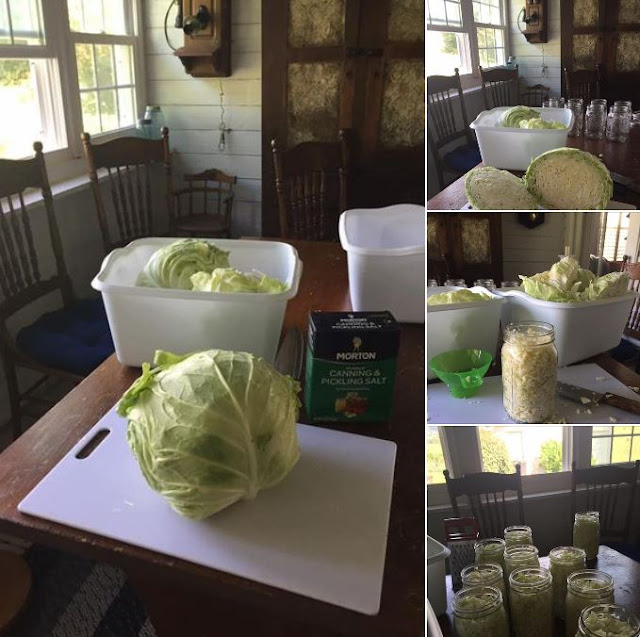






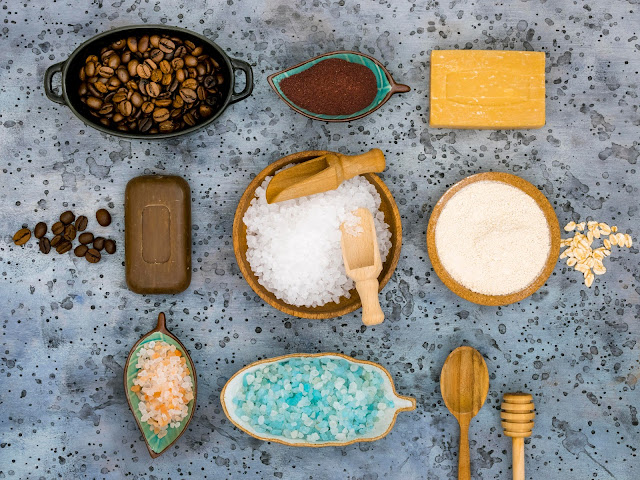

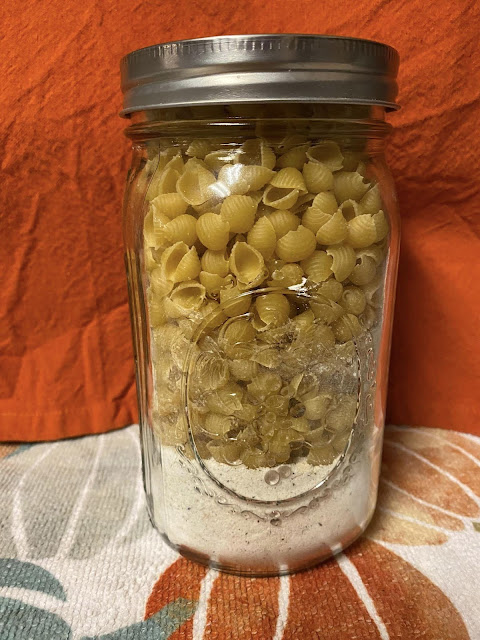




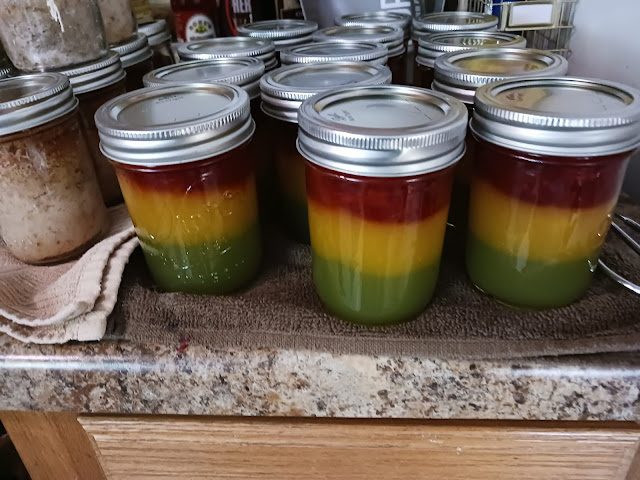

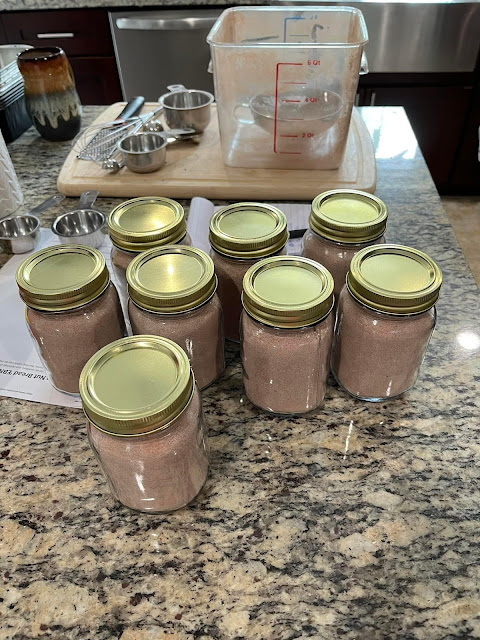
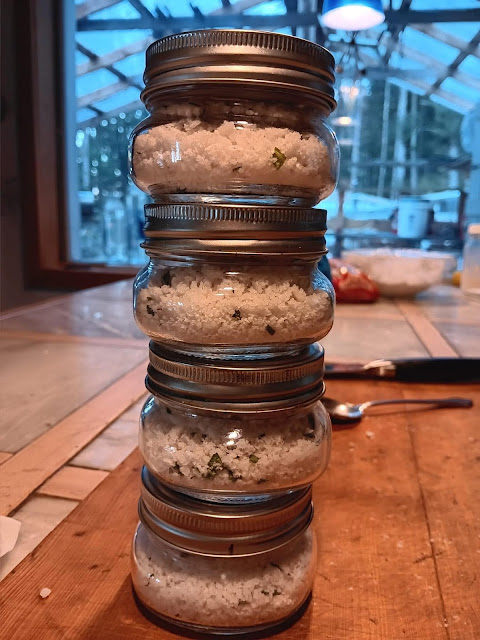
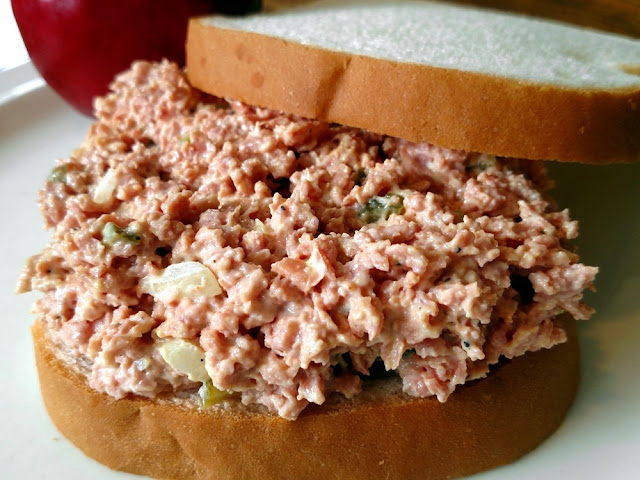
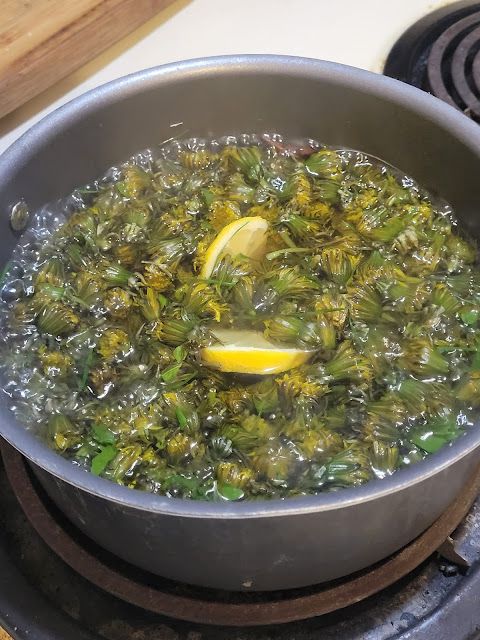



Comments